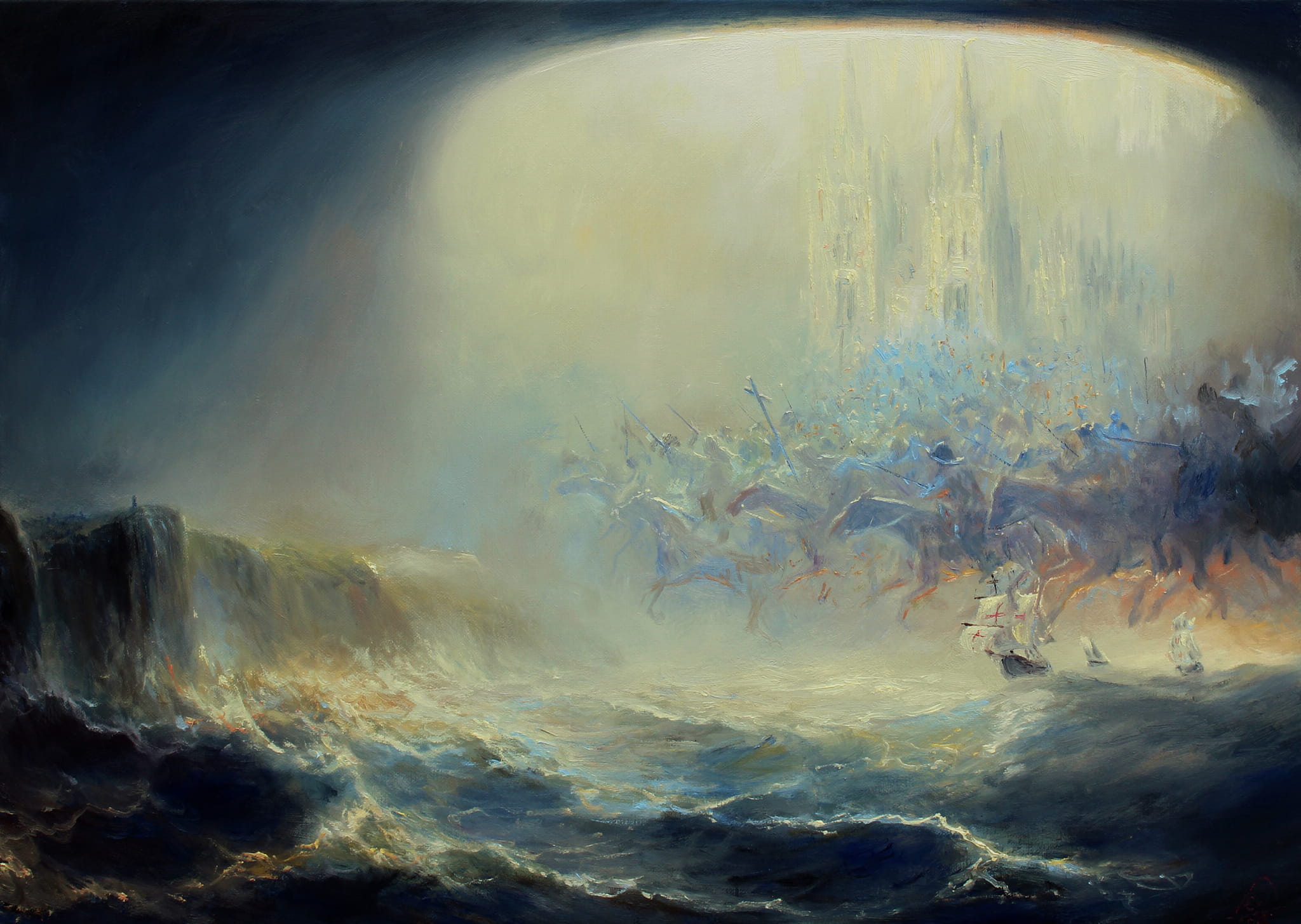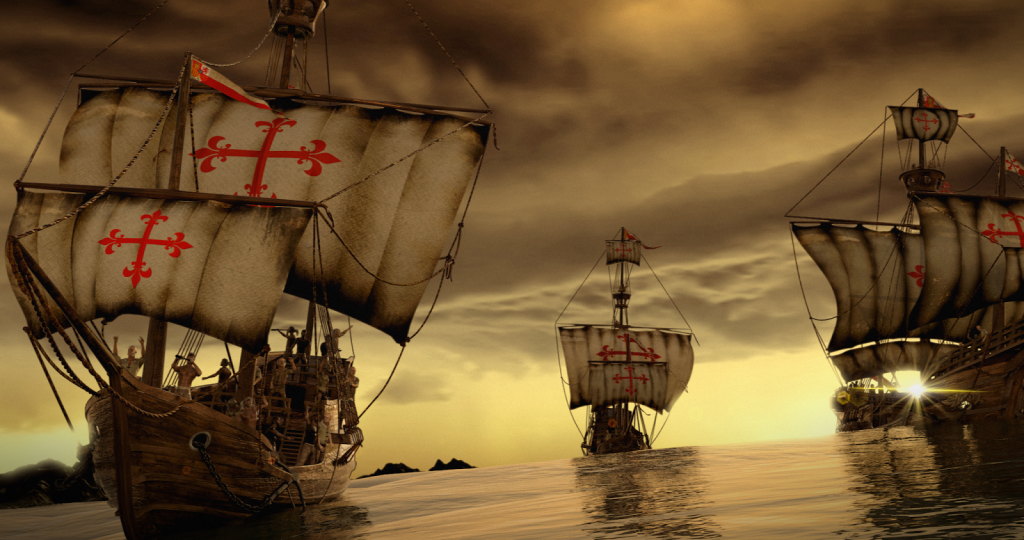

The Niña and Pinta were Caravels which were used by explorers during the Age of Discovery. The Santa Maria which Columbus never liked, ran aground and sank on Christmas Eve 1492 in Hispaniola (now Cap Haitien). The church censored these nicknames, but the way we remember them today borrows heavily from the crews' vernacular.Ĭompletely accurate details about the names of Columbus' ships may be impossible to determine at this remove, but the reality is definitely more complicated than the common mythology so many generations of youngsters were taught.The original Niña, Pinta, and Santa Maria used by Christopher Columbus on his first voyage across the Atlantic were common trading vessels. La Santa Clara became la Niña ("the girl") la Pinta became la Pintada ("the painted one," in other words, "the prostitute") and la Santa Gallega became Maria Galante (the name of another prostitute). original names were la Santa Clara, la Pinta, and la Santa Gallega.Īs was common of the time, the crews gave each ship nicknames. When she sailed up Tinto and dropped anchor off Pálos, Columbus decided to rename her Santa Maria.Ī Christian Science Monitor contributor went so far as to assert that the ships' common names were irreverent nicknames referring to prostitutes:

In Puerto de Santa Maria, found a three-master of about seventy tons called La Gallega. John Dyson's 1991 biography of Columbus avers that the Santa Maria was Columbus' own renaming of a vessel called La Gallega: Santa Clara was always Niña, after her master-owner, Juan Nino of Moguer. A Spanish vessel in those days had an official religious name but was generally known by nickname, which might be a feminine form of her master's patronmyic, or of her home port. She was named Santa Clara after the patron saint of Moguer.

The Niña was Columbus' favorite, and for good reason. The website for The Columbus Foundation, an entity that operated replicas of two of Columbus' ships (the Niña and the Pinta), also noted the difference between official religious names and nicknames for ships in that time and place: The Santa Maria was also known at the time as La Gallega, meaning "The Galician." The Niña is now believed to be a nickname for a ship originally called the Santa Clara, and the Pinta was probably also a nickname, though the ship’s real name isn’t clear. The Washington Post, for example, observed that: Yet uncertainty remains among historians about the "official" or "original" names of the ships, as opposed to the nicknames given to them by their crews. No contemporaneous images of his famous 1492-93 expedition's three ships exist, but we at least know the names of those vessels, right?Īs we all learned by rote in school, they were the Niña, the Pinta, and the Santa Maria. It turns out that even some inconsequential basic "facts" about Columbus' famed first voyage are problematic. The big question for Columbus, it turns out, was not the shape of the Earth but the size of the ocean he was planning to cross. Several books published in Europe between 12 discussed the Earth’s shape, including “The Sphere,” written in the early 1200s, which was required reading in European universities in the 1300s and beyond. Columbus in fact owned a copy of Ptolemy’s Geography, written at the height of the Roman Empire, 1,300 years before Chris Columbus set sail. That information was already a generally accepted fact among educated people of Columbus' time, and, in any case, Columbus didn't definitively establish it by circumnavigating the globe:Īs early as the sixth century B.C., Pythagoras - later followed by Aristotle and Euclid - wrote about Earth as a sphere, and historians say there is no doubt that the educated in Columbus’s day knew quite well that the Earth was round. And finally, Columbus certainly didn't " prove" the Earth was round, nor did he set out to do so. And even if Columbus had reached North America proper by ship at some point, it's unlikely he would have been the first person, or even the first European, to do so. During his first expedition (1492-93), Columbus' ships touched on various islands that we now know as the Bahamas, Cuba, and Hispaniola, i.e., the Dominican Republic and Haiti. At no time during any of his four voyages across the Atlantic did Christopher Columbus make landfall at, or set foot on, the North American continent. We're now more aware that much of that simple historical narrative is inaccurate. One of the primary historical "facts" many of us learned as schoolchildren was that "In 1492, Columbus sailed the ocean blue," and in three ships named the Niña, the Pinta, and the Santa Maria, the intrepid Italian explorer -sponsored by Spanish monarchs - sailed across the Atlantic Ocean and "discovered America," in the process finally proving to the world that the Earth was round.


 0 kommentar(er)
0 kommentar(er)
